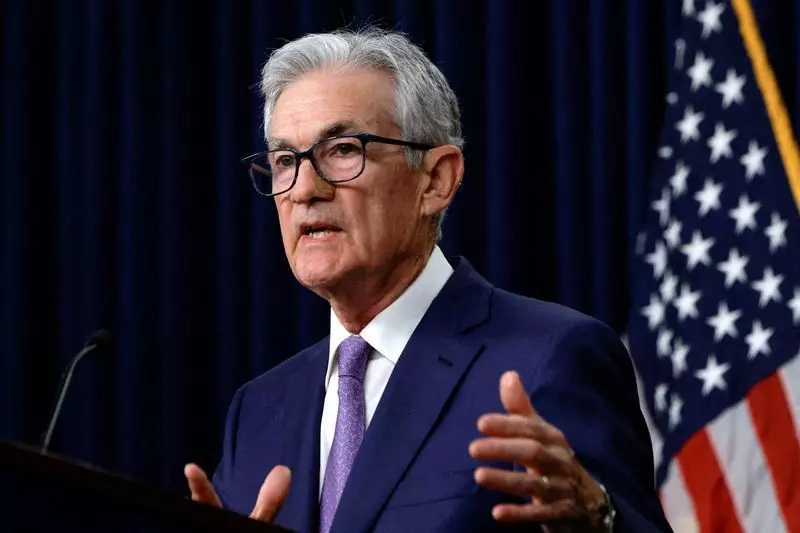In a pivotal moment for U.S. monetary policy, the Federal Reserve, led by Chair Jerome Powell, recently announced a reduction in interest rates by 25 basis points. This decision ignited discussions among economists and analysts about the implications of such a move in light of shifting political dynamics. As the Trump administration prepares to take office, questions arise regarding how economic policy changes, particularly regarding taxation and trade tariffs, will influence the Federal Reserve’s monetary policy decisions in the near term.
Powell was clear during the press conference that while the Fed acknowledges Trump’s ambitious economic plans, including significant tax cuts and stringent tariffs, these factors would not immediately influence the central bank’s actions. This admission underscores the Fed’s commitment to making decisions based on existing economic data rather than speculative political outcomes. However, the reality remains that the potential repercussions of the incoming administration’s economic policies could alter the landscape considerably, possibly requiring the Fed to reassess its strategy over time.
To understand the potential future trajectory of the Federal Reserve’s decisions, one must consider the historical context. Deutsche Bank analysts, led by Matthew Luzzetti, undertook a review of the Fed’s December 2016 meeting minutes—held shortly after Trump’s election. Their analysis highlighted striking similarities to the current situation, particularly concerning the anticipation of dramatic economic policy changes.
In December 2016, the Federal Open Market Committee (FOMC) was primarily focused on the implications of proposed fiscal policies that hinted at a more expansionary economic approach. Although uncertainty loomed over the timing and specific forms of these policies, nearly half of the Committee members began adjusting their outlooks based on expected changes. The consensus indicated a belief that these shifts toward stronger growth might necessitate a response in the form of tighter monetary policy.
Drawing parallels between then and now, analysts suggest that the current environment of political turbulence could similarly disrupt the Fed’s predictive capabilities regarding interest rates and economic performance. Speculation among economists also points to potential inflationary pressures deriving from Trump’s trade policies, which may further compel the Fed to maintain a higher interest rate level than previously anticipated.
As the possible fragmentation between the new administration and the Fed grows, the discussion surrounding the dynamics of this relationship becomes more critical. There is a notable risk that Powell’s Fed and Trump’s economic policies might not align seamlessly, leading to elevated market volatility. The Wall Street Journal reported that this discord could pose challenges as the Fed attempts to navigate its dual mandate: maximizing employment while stabilizing prices.
Interestingly, Powell dismissed the notion that he could be removed from his position by Trump, emphasizing his commitment to fulfilling his term and hinting at legal action should such an attempt occur. This indicates a degree of resilience in the central bank’s independence, essential for maintaining credibility in its monetary policy framework even in the face of political pressures.
As the nation stands on the brink of significant economic policy shifts under the Trump administration, the Federal Reserve’s path remains clouded with uncertainty. While the immediate focus is on current monetary strategies, the longer-term implications of these political decisions warrant careful consideration by both policymakers and investors alike. The Fed’s historical adaptability may serve it well, but the potential for misalignment with the upcoming administration raises essential questions about the future potency of U.S. economic policy and the central bank’s ability to navigate this evolving landscape. This critical juncture may well define not only the economic policies of a new administration but also the stability of the global economy in the years to come.

